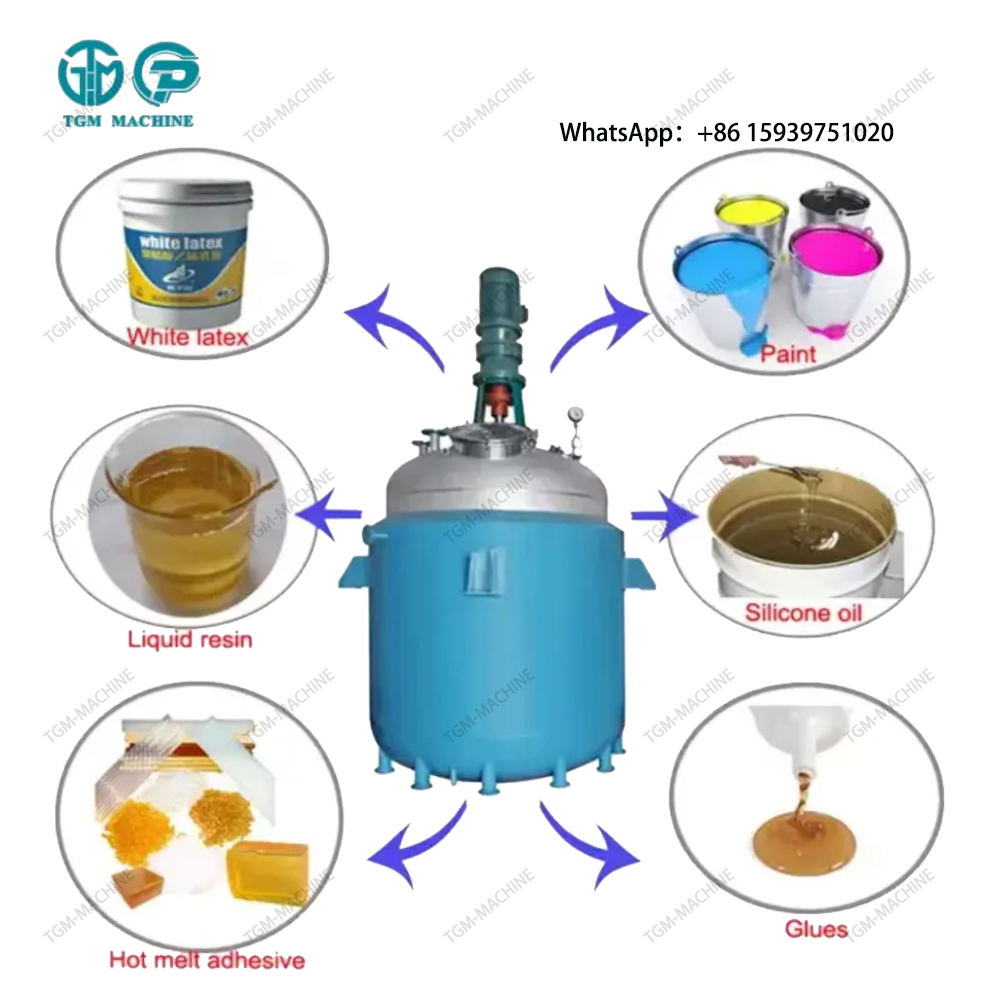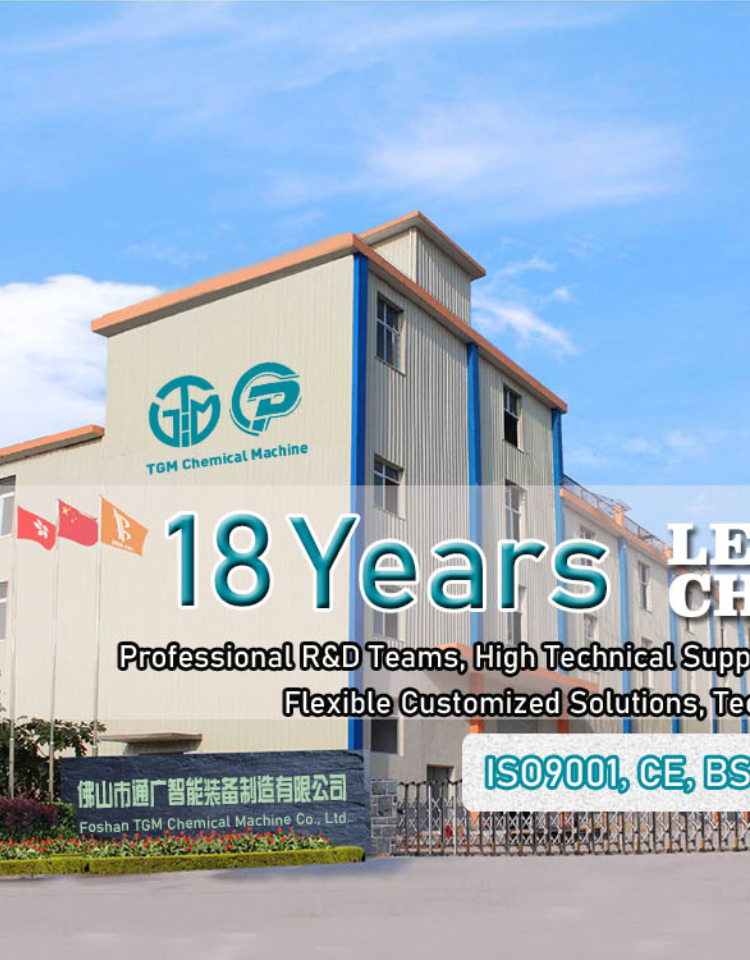Email cannot be empty
Password cannot be empty
Email format error
Email cannot be empty
Email already exists
6-20 characters(letters plus numbers only)
The password is inconsistent
Email format error
Email cannot be empty
Email does not exist
6-20 characters(letters plus numbers only)
The password is inconsistent


The Role of Reactors with Heating Functionality in Producing Acrylic and Alkyd Emulsions
Introduction
In the chemical and coatings industry, reactors equipped with heating capabilities play a crucial role in polymerization processes, particularly in the production of acrylic emulsions and alkyd emulsions. These reactors ensure precise temperature control, efficient mixing, and optimal reaction conditions, leading to high-quality emulsion products.
This blog explores how heated reactors contribute to the manufacturing of these emulsions, their key advantages, and their impact on product performance.
1. Reactor Heating Systems in Emulsion Production
Reactors used for emulsion polymerization typically feature:
-
Jacketed heating/cooling systems (steam, thermal oil, or electric heating)
-
Precision temperature control (±1°C accuracy)
-
Agitation systems (anchor, turbine, or propeller stirrers)
-
Condensers & reflux systems for solvent management
These features ensure uniform heat distribution and prevent localized overheating, which is critical for stable emulsion formation.
2. Reactor’s Role in Acrylic Emulsion Production
Acrylic emulsions are widely used in paints, adhesives, and coatings due to their excellent durability, UV resistance, and water-based formulation.
Key Process Steps in a Heated Reactor:
-
Monomer Pre-emulsification
-
Acrylic monomers (e.g., methyl methacrylate, butyl acrylate) are mixed with water, surfactants, and initiators.
-
The reactor’s heating system gradually raises the temperature to 70–85°C to initiate polymerization.
-
-
Polymerization Reaction
-
A semi-batch process is commonly used, where monomers are fed slowly to control molecular weight.
-
The reactor’s temperature stability prevents premature polymerization or gel formation.
-
-
Post-reaction Stabilization
-
Cooling to 30–40°C and adding ammonia or other neutralizing agents to stabilize the emulsion.
-
Advantages of Using a Heated Reactor:
✔ Controlled exothermic reactions (prevents runaway polymerization)
✔ Improved particle size distribution (better film formation)
✔ Higher conversion rates (reduces residual monomers)
3. Reactor’s Role in Alkyd Emulsion Production
Alkyd emulsions are used in eco-friendly paints, replacing solvent-based alkyd resins. The challenge lies in emulsifying hydrophobic alkyds in water.
Key Process Steps in a Heated Reactor:
-
Alkyd Resin Preparation
-
Fatty acids, polyols, and dibasic acids are heated to 180–220°C in the reactor for esterification.
-
-
Emulsification Stage
-
The alkyd resin is cooled to 60–80°C and mixed with surfactants under high shear.
-
Water is gradually added to form a stable oil-in-water emulsion.
-
-
Neutralization & Stabilization
-
Amines or ammonia adjust the pH (~8–9) to enhance emulsion stability.
-
Advantages of Using a Heated Reactor:
✔ Prevents phase separation (maintains uniform emulsion)
✔ Optimizes viscosity & stability (critical for paint applications)
✔ Enables solvent-free formulations (reducing VOC emissions)
4. Key Considerations for Reactor Selection
When choosing a reactor for acrylic or alkyd emulsion production, consider:
-
Heating method (steam, electric, thermal oil)
-
Temperature range & control accuracy
-
Mixing efficiency (shear rate, impeller design)
-
Material compatibility (stainless steel, glass-lined)
Modern reactors may also include automated PLC controls for better reproducibility.
Conclusion
Reactors with heating functionality are indispensable in producing high-performance acrylic and alkyd emulsions. By ensuring precise temperature control, efficient mixing, and stable reaction conditions, they enable manufacturers to achieve:
✅ Consistent product quality
✅ Higher production efficiency
✅ Environmentally friendly formulations
For companies in the coatings, adhesives, or resins industry, investing in advanced heated reactors can significantly enhance emulsion performance and process reliability.

